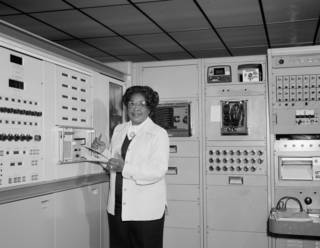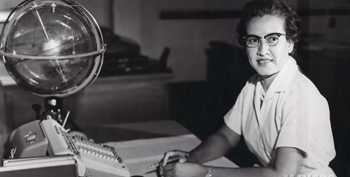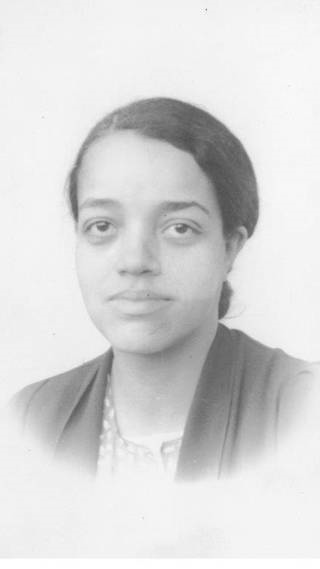Celebrating Influential Women in STEM
Anna Beth Gruber |
January 27, 2017
Women have made great strides in the past 100 years. From winning the right to vote to becoming major political figures, women have left their mark across history. Despite these accomplishments, women are still falling behind in efforts to narrow the gap in STEM jobs according the US News/ Raytheon STEM Index. Women are earning more STEM degrees each year but are struggling to keep up with their male counterparts. As we look to the future and strive the close the gender gap, it is important to take a step back and recognize the talented women who broke down barriers in the past.
Since its debut in January, millions of people have seen the film “Hidden Figures,” which highlights the story of Dorothy Vaughan, Katherine Johnson, and Mary Jackson. These women were amongst the hundreds hired by NASA (then NACA) to serve as “human computers,” the job title designated for someone who performed mathematical equations and calculations by hand.
Mary Jackson

Mary Jackson began her career as a schoolteacher and took on several other jobs before joining NACA as a computer. During her career as a computer, Jackson specialized in reducing data from wind tunnel experiments and from actual aircraft data on the many flight experiments NACA was involved with. Jackson became known amongst the other computers for helping other women advance their careers by advising them in their pursuit of educational opportunities.
Katherine Johnson
 When West Virginia decided to integrate its graduate schools, West Virginia State’s president offered Katherine Johnson and two male students the first spots at the school. While Johnson quickly accepted the offer, she later left and reentered the workforce. Her lengthy career at NACA began working with data from flight tests, but she later played a larger role in the Mercury missions, during which she did trajectory analysis for Shepard's Freedom 7 mission in 1961, and (at John Glenn's request) did the same job for his orbital mission in 1962.
When West Virginia decided to integrate its graduate schools, West Virginia State’s president offered Katherine Johnson and two male students the first spots at the school. While Johnson quickly accepted the offer, she later left and reentered the workforce. Her lengthy career at NACA began working with data from flight tests, but she later played a larger role in the Mercury missions, during which she did trajectory analysis for Shepard's Freedom 7 mission in 1961, and (at John Glenn's request) did the same job for his orbital mission in 1962.
Dorothy Vaughan
 Dorthy Vaughan came to NACA from Farmville, VA, where she began her career as a high school math teacher. Although her initial role at NACA during WWII was a temporary position, two years later President Roosevelt signed an executive order into law prohibiting racial, religious and ethnic discrimination in the country's defense industry. NACA began hiring black women to meet the skyrocketing demand for processing aeronautical research data. Although she and her black colleagues had to work separately from the white computers during the beginning of her career, Vaughan later went on to become an expert programmer and the first black supervisor.
Dorthy Vaughan came to NACA from Farmville, VA, where she began her career as a high school math teacher. Although her initial role at NACA during WWII was a temporary position, two years later President Roosevelt signed an executive order into law prohibiting racial, religious and ethnic discrimination in the country's defense industry. NACA began hiring black women to meet the skyrocketing demand for processing aeronautical research data. Although she and her black colleagues had to work separately from the white computers during the beginning of her career, Vaughan later went on to become an expert programmer and the first black supervisor.
“[Jackson’s, Johnson’s and Vaughan’s] stories are extraordinary and so inspirational - they provide a wonderful insight into the power of hard work, determination and persistence in achieving your dreams as displayed by these amazing role models.” said Karen Miksch, a Calculus Content Specialist at NMSI. “I recently saw the new movie, and so the three women highlighted in it stick out in my mind as women in STEM history whom I admire.”